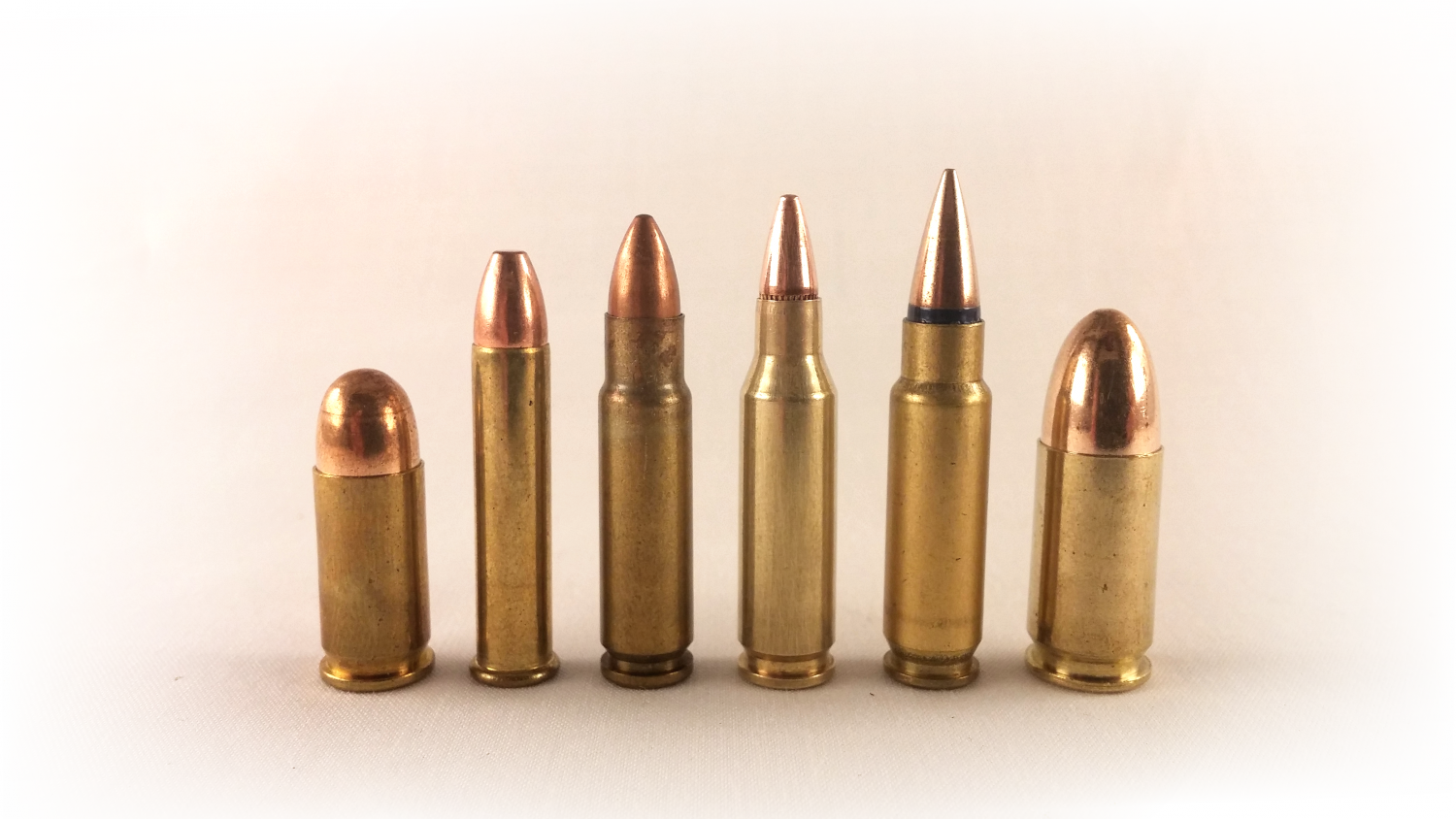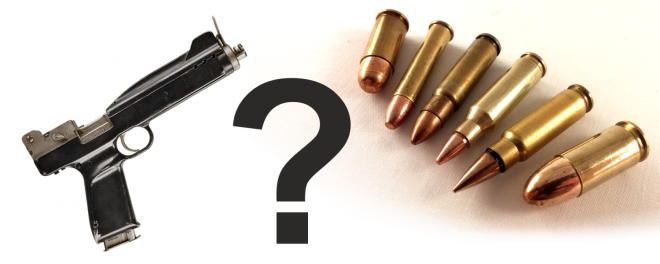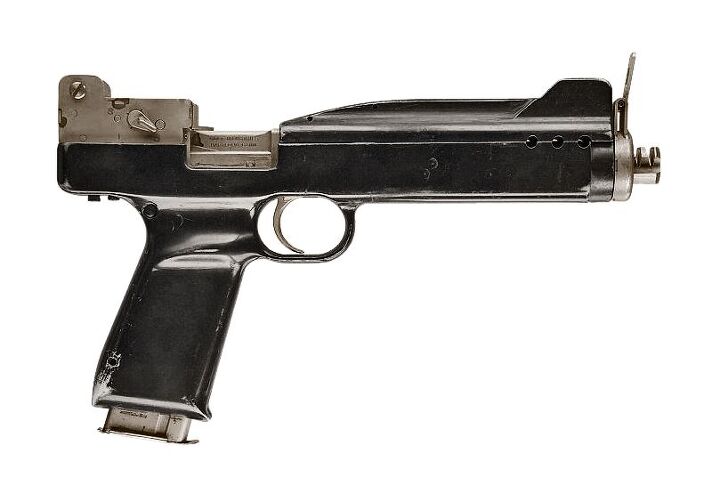In a previous article on TFB, we compared a Mauser 712 Schnellfeuer to a Glock 17 with an auto sear, and along the way discussed how very limited the usefulness of the modern machine pistol is. Fully automatic pistol-sized weapons have been around for over a hundred years, but they’ve only ever seen limited use in specialist roles, with their adoption and then subsequent abandonment coming seemingly in waves as departments and forces pick up the concept and then discard it upon learning how impractical the weapons are in actual use. The history of machine pistols is fascinating, and those who are interested can follow the link to a podcast I participated in on the subject to learn more.
Anyone who has fired a machine pistol, especially a fully automatic pistol like a Glock 18 or 17 with registered sear, will tell you that the weapons are extremely difficult to control. Even trained full auto shooters can have problems as the lightweight little guns try to buck themselves out of their hands. This problem is both mechanical and ergonomic in nature, and because of that it has always captured my imagination. On the mechanical side, a traditional machine pistol suffers from recoil forces that are too high when transmitted to the shooter in an unsupported one- or two-point-of-contact grip at high rates of fire (above 300 rounds/min). In addition, the movement of a heavy breechblock (such as on a MAC-10), disturbs the center of gravity and balance of a machine pistol, which can cause a “bucking” motion. On the ergonomic side, most machine pistols have bore axes as high or even much higher than standard semiautomatic pistols, which exacerbates bucking and muzzle rise in fully automatic fire. These factors, and the possibility of solutions to them, raise the question: If you can reduce the recoil and improve the human factors in a new machine pistol design, can you make the machine pistol concept more useful?
The answer seems to be “yes”, and in fact Colt appeared to have done just that by the early 1970s with the SCAMP, a prototype .22 caliber burst fire pistol design. Reportedly, the SCAMP with its tiny but powerful .22 caliber round and ingenious design was an actually controllable piece in pure pistol form. Although since probably every one who’s ever fired one is now dead, and firing one today would be close to impossible, we cannot really verify the truth of these reports.
The SCAMP can serve as a guideline and perhaps inspiration, and like Colt’s engineers in the late 1960s, we can come to the conclusion that the first thing that needs attention is the cartridge the gun is designed to fire. Traditional pistol cartridges like 9mm, .40 S&W, and .45 ACP are too large and powerful to be controllable from such small fully automatic weapons; the recoil level of .32 ACP seems to be the limit, and even that round was most successfully paired with the Czech vz. 61 machine pistol, a substantially heavier gun than the standard service handgun. The Colt .22 SCAMP round was calculated to provide the best performance with acceptable recoil in the 1960s, and it is somewhat more powerful than the FN 5.7x28mm round used in the P90 SMG and Five-seveN handgun. Even less powerful rounds like the .22 Winchester Magnum Rimfire should also be considered, so long as up-close performance is not compromised. When mated to a properly tamed mechanism, lower recoil ammunition can only benefit a new machine pistol design.
In conjunction with this, the pistol’s ergonomics should be reconsidered. Standard handgun ergonomic design works well for semi-automatic weapons, but as with select-fire rifles, a different configuration would likely pay significant dividends in controllability of a new machine pistol design. Bringing the bore down lower in the hand is one way to achieve this, so perhaps inspiration could be taken from 25 meter Olympic rapid fire sport pistol design. One way to do this would be to use a forward-mounted receiver, which sacrifices feeding the ammunition through the grip, but that is a relatively modest trade-off if controllability can be achieved.
So where does that take us? Well, several experiments can be conducted today that could help prove this concept. I would suggest the following:
- Convert an Armscor TCM into a fully automatic/select-fire machine pistol, and then perform tests to determine the recoil advantage of the .22 TCM round (ballistically almost identical to .22 SCAMP) over 9mm Parabellum in the same platform.
- Convert a Glock 17 with a select-fire backplate, and a .22 TCM-9R kit, and compare to the former.
- Convert an FN Five-seveN handgun to fully automatic/select-fire to determine the suitability of that platform to fully automatic fire with SCHV pistol ammunition.
- Convert a Kel-Tec PMR-30 handgun to fully automatic/select-fire to determine the suitability of that platform to fully automatic fire, and compare it to the automatic Five-seveN for controllability and accuracy.
- Convert a rapid fire sport pistol to fully automatic/select-fire to evaluate the ergonomic advantages of the low bore axes and contoured grips characteristic of those handguns. An example of a less-expensive weapon in this class that is available in the United States is the Benelli MP95, but any .22 LR pistol with a sufficiently low bore axis would be suitable.
With one or more of these conversions in hand, it would be possible not only to get a much better idea of what is necessary to make a successful machine pistol design, but also a more clear understanding of appropriate roles and tactics for the concept, as well as what limitations even an “ideal” design would suffer.

Possible machine pistol rounds, left to right: .32 ACP, low-recoil, but also low performance. SCHV rounds: .22 WMR, .22 SCAMP, 4.6×30 HK, 5.7×28 FN. The 9mm Luger on the right is a common chambering for modern machine pistols, but generates too much recoil to be really practical.
For a company looking to develop a new and different product, performing these conversions and testing them would be a very inexpensive way to trial a concept that could potentially result in a breakthrough machine pistol design, and doing so would require no development of new ammunition or weapons. In this way, a better understanding of the risks and potential rewards of such a product could be gained with minimal capital outlay.
Having said all this, some of my readers may be thinking “it might be possible to make a useful machine pistol, but what could it do that isn’t already covered with the weapons we have now?” That’s a good question, but consider this: The exact same thing could be said of the assault rifle in the 1940s and 1950s. Every role the assault rifle eventually filled was at the time covered by a mix of submachine guns, semiautomatic rifles, and other designs. However, the assault rifle eventually became a ubiquitous replacement for all of those. Now, perhaps the machine pistol doesn’t share the same destiny, but neither should we discount it just because there is no obvious unfilled niche begging for its invention!
 Your Privacy Choices
Your Privacy Choices

